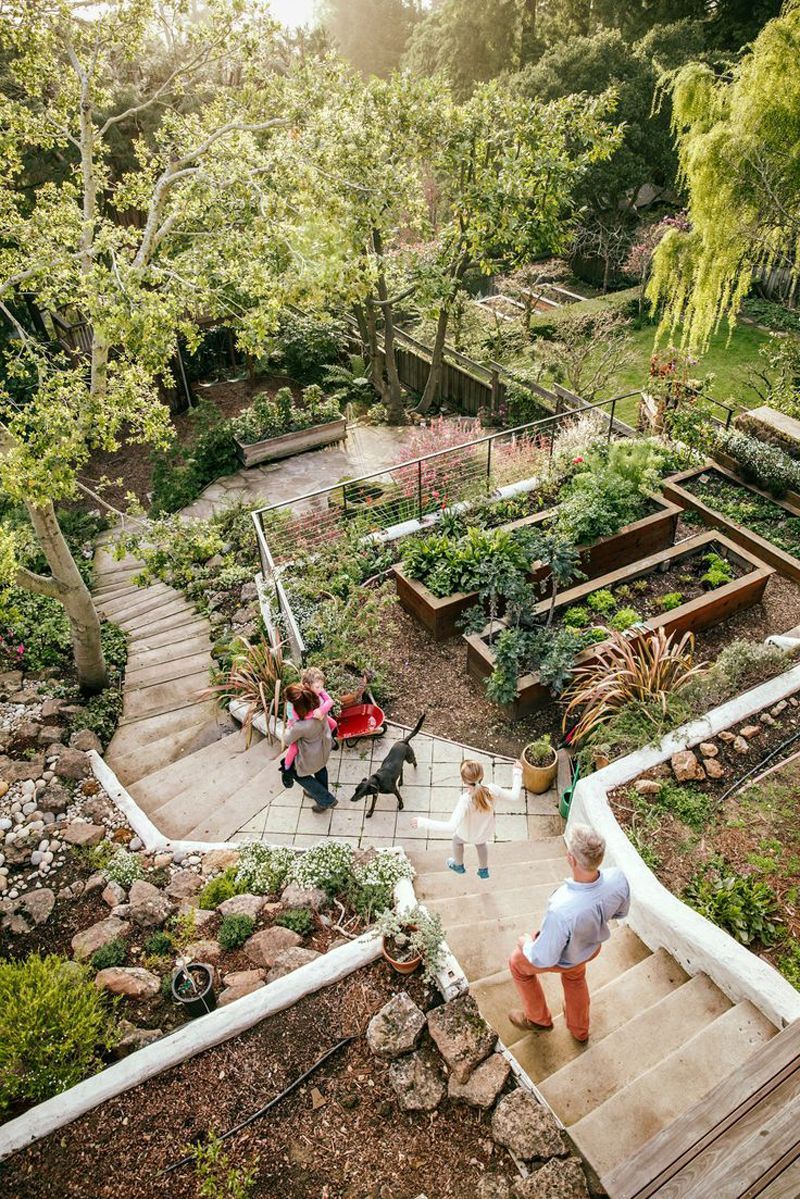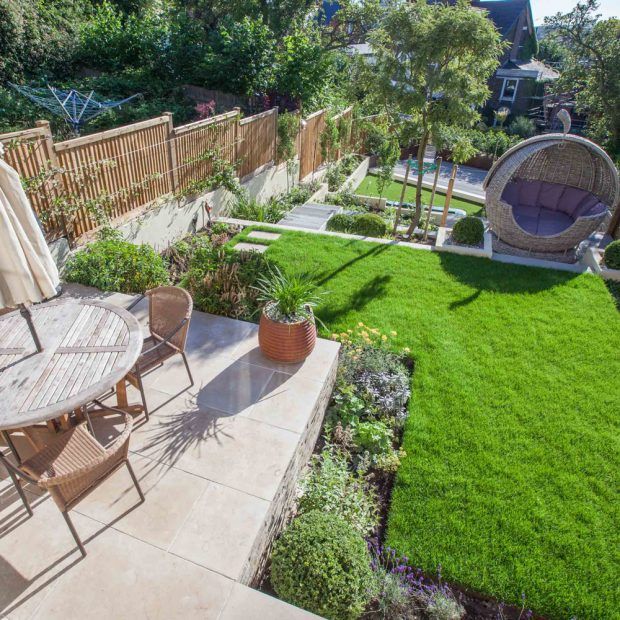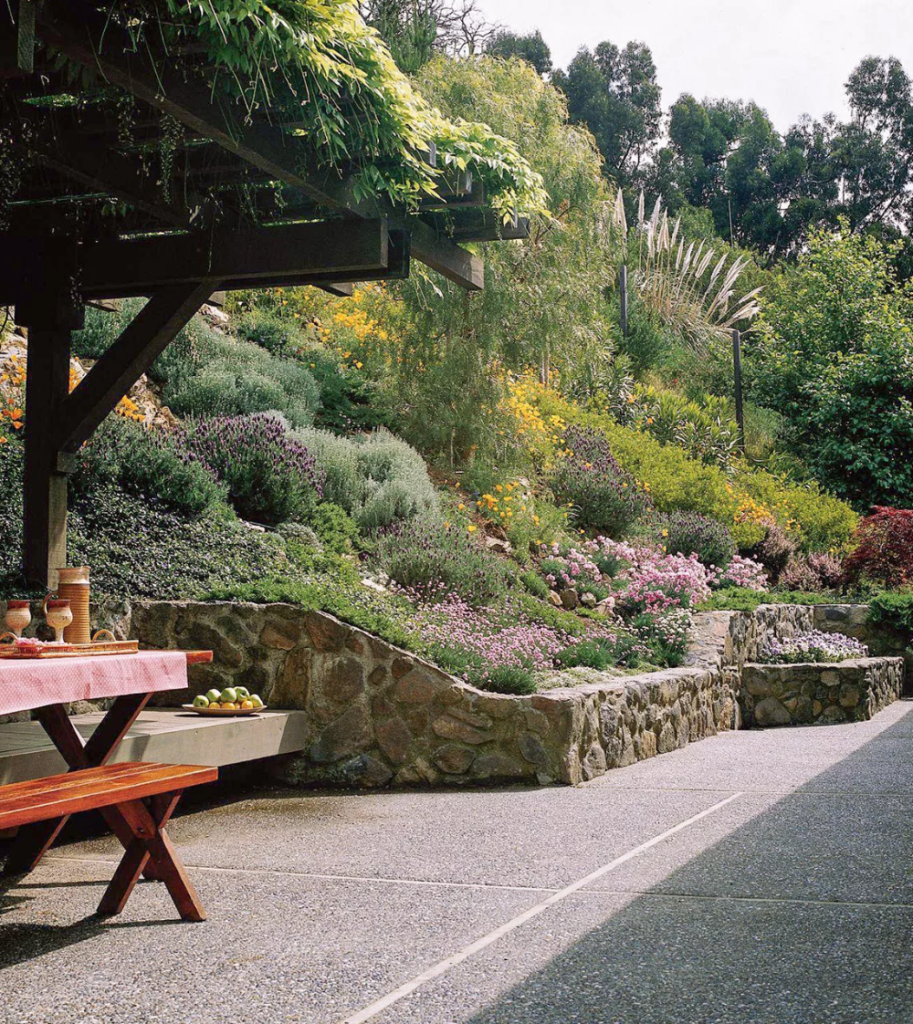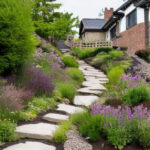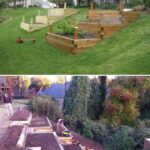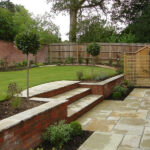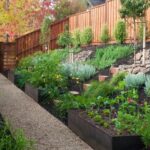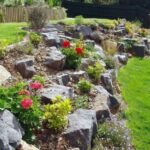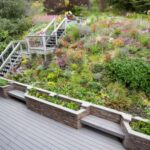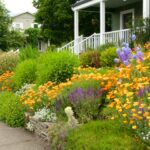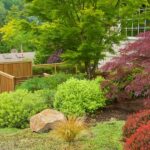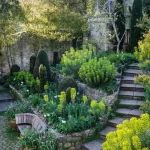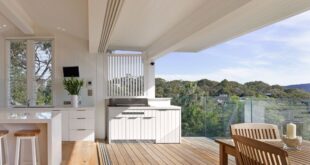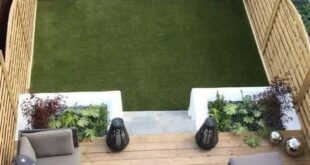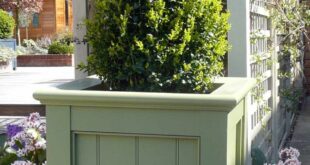Garden design on a slope presents a unique set of challenges and opportunities for homeowners looking to create a visually appealing outdoor space. Whether your yard has a gentle grade or a steep incline, proper planning is essential to ensure the success of your landscaping project.
One of the key considerations when designing a garden on a slope is erosion control. Sloped surfaces are more prone to soil erosion, which can lead to unsightly gullies and exposed tree roots. To combat erosion, consider adding retaining walls, terraces, or plants with deep-root systems that can help stabilize the soil.
Another important aspect of garden design on a slope is drainage. Because water naturally flows downhill, it’s crucial to create a drainage system that prevents water from pooling and causing damage to your plants and landscaping features. This can be achieved by incorporating swales, French drains, or dry creek beds into your design.
When selecting plants for a sloped garden, it’s important to choose species that are well-suited to the unique conditions of your site. Plants with shallow root systems and low water requirements are generally better suited for slopes, as they are more adaptable to the challenging terrain. Additionally, consider incorporating a mix of groundcovers, shrubs, and trees to create a diverse and visually appealing landscape.
To make the most of a sloped garden, consider creating different levels and zones within the space. This can be achieved through the use of terraces, steps, or raised beds, which not only add visual interest but also help to define different areas for planting and relaxation. By creating distinct zones within your garden, you can maximize the usability of the space and create a sense of cohesion and flow.
Incorporating hardscaping elements, such as pathways, patios, or retaining walls, can help to enhance the beauty and functionality of a sloped garden. These features can be used to create visual interest, provide access to different areas of the garden, and help to define the overall design of the space. Additionally, hardscaping elements can help to reduce erosion and improve the stability of the slope.
Overall, designing a garden on a slope requires careful planning and consideration of the unique challenges posed by the terrain. By addressing issues such as erosion control, drainage, plant selection, zoning, and hardscaping, homeowners can create a beautiful and functional outdoor space that enhances the natural beauty of their property. With the right design approach, a sloped garden can become a striking and inviting oasis that adds value to any home.
 yishifashion Where Outdoor Dreams Become Reality
yishifashion Where Outdoor Dreams Become Reality
